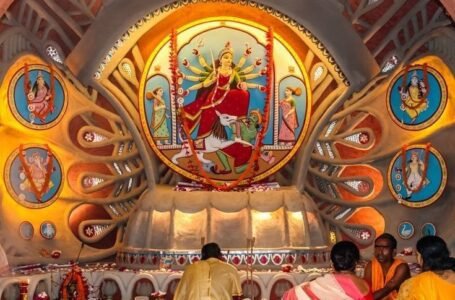Caves of Mangar Bani and Anangpur: Literary Analysis of an Unforgettable Meeting — Mystery and Time
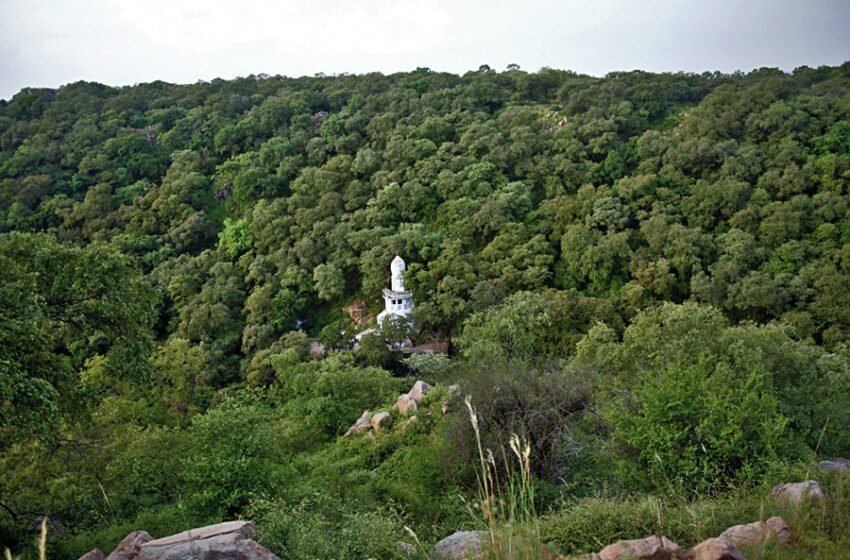
There are several well-kept secrets; historical and mythological sites with a natural setting are Mangar Bani and Anangpur caves, situated in the mechanically shaped Aravalli hill range. The only remaining sacred grove plantation near Delhi; Mangar Bani has a deep historical as well as environmental importance. The Anangpur caves which is located adjacent to it has added an aspect of historical value along with adding interest in regards to what previous cultures used these structures for.

When linked together, such places are an interesting quest for history lovers, admirers of nature, and people who in one way or another are interconnected with spirituality. This blog seeks to unearth the past, contemporary and present state of Mangar Bani and the Anangpur caves with an aim of demystifying these awesome places.
Mangar Bani
The local people particularly the Gujjar tribe continues to protect Mangar Bani’s grove because they consider it as divine abode of gods. The grove has remained intact despite giving way to the industrialization as well as urbanization that has occurred in and around Delhi and Haryana due to this notion. Some information such as oral traditions are Gudariya Baba people’s believe him to be a local saint and some believe that he used to meditate here. The forest or trees are protected since due to the presence of a man who pray, no one will be foolish enough to exploit the forest or to fell trees lest he invites the wrath of God.

It is nearly impossible to overstate Mangar Bani’s importance for the ecology. It also preserves the evidence of the Aravalli forests that once covered this place and it is one of the last preserved examples of such a landscape. This is because the forest is a sort of a wildlife reserve since it is domicile to diverse forms of wildlife including deers, leopards and various bird species.
Caves of Anangpur
The Anangpur caves lie few kilometers away from Mangar Bani. They are believed to be the rock- cut shelters which were built during the 8th century. It is thought that they are affiliated to the Tomar dynasty – the ruling family of the region at that particular time. The caves are known as the ‘King Anangpal Tomar Caves’; the person who established Delhi, the surrounding settlement of Anangpur, and the Anangpur Dam that is even today in working condition, which is an architectural marvel of the period that called for much innovation.
In a more broad sense for hundreds of years the Anangpur caverns have served as shelter for initial explorers and may have been used as monastic places for meditation. Due to this history, the Tomar dynasty become important in primeval Delhi and the caverns are an area that anyone interested in the beginning of the city becomes compelled to see.
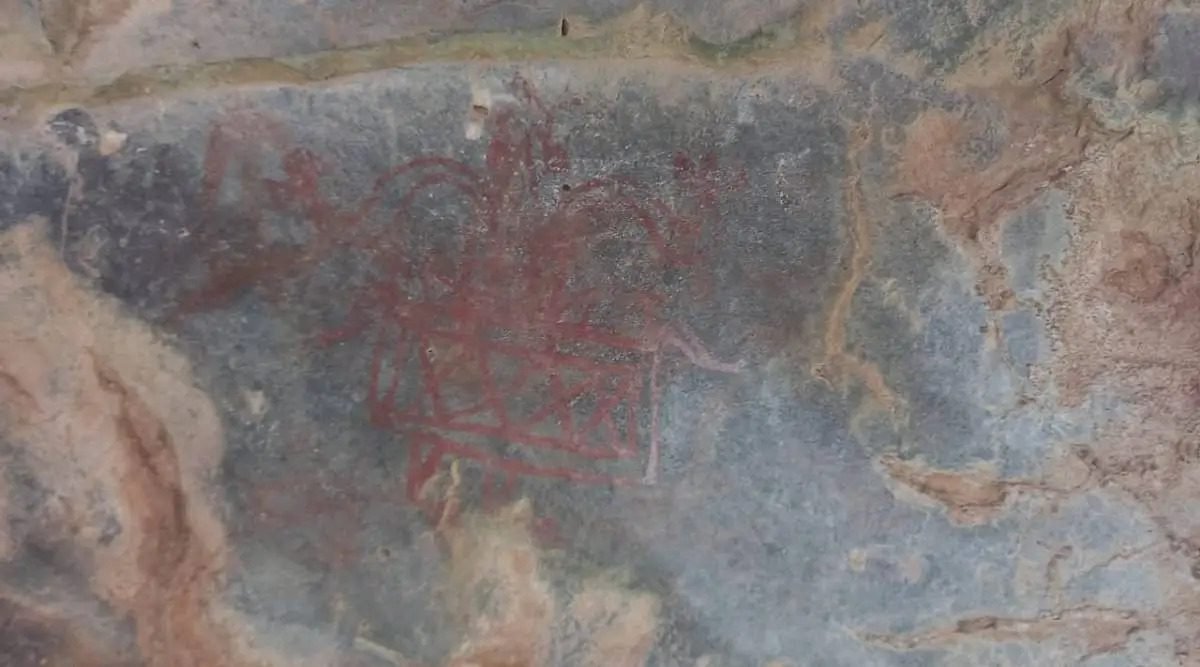
Journey
If ever you take a trip to Mangar Bani and the Anangpur caves, you would be taken out of the vastness of the Delhi urban landscape and transported to a rather serene and even magical world. It begins from the Beginning of Aravalli range and then it offers a series of tracks and the tough area of the forest. That is why Mangar Bani is easy to reach whether for experienced trekkers or mere strolls as far as the trails difficulty level is concerned.
The first thing one stands to be struck by as they pull into the compound is that Mangar Bani is incredibly quiet. Unlike other forests in the neighboring regions this grove has not been interfered by humans. These are brilliant mature trees which may be even as old as several centuries.
The nearer one approaches Gudariya Baba’s shrine, which is a modest structure but which is significant inside the forest, the more sacred the atmosphere is felt. There are people who till date offer flower and incense at this shrine in the traditional fashion. It is suggested of the visitors to preserve the sanctity of the grove through obeying the customs of the region that saves the grove for so many generations.
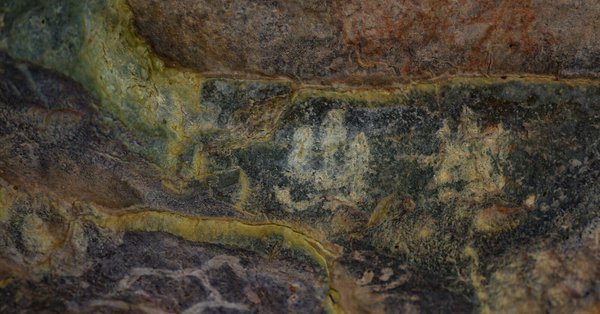
The Anangpur caverns can be discussed, as for getting there it takes only a few minutes of hike from Mangar Bani. The closer you get to the actual feeding theaters, the ground becomes rough, and the caverns gives the perception that mother nature carved the hills to form the caves. The cave size is relatively small and it is manifested in its capacity but it has a much to tell about its religious and historical undertones. Small apertures, and stairs hewn out of stones, some of the caves contain remnants of prior use, which suggests that these probably served some sort of cultural and religious functions as well as shelters.
More details about Anangpur Dam and the countryside can be observed in the magnificent panoramic view which opens from the caves. One can easily imagine what kind of passengers used to take their time here and stare at the same view while being en route to distant lands.
Excavation
Anangpur caverns have been of archaeological importance for a long time though no extensive exploration has been carried out on the site, till date. While there are no large-scale research projects carried out to study this region and with only a limited number of local historians and archaeologists conducting small scale research and explorations the existing information has been compiled. While there is not much that can be said about the caves themselves, what is left speaks of a culture of plenty.

Pottery shards and rudimentary f knowing tools found a bit away from the caverns are some of the most interesting findings that indicate that perhaps early inhabitants of this region utilized the caves. Such outcomes may support the speculation of the cave served not only for religious or contemplative purposes, but also as temporary dwelling places of people who stopped in the area.
In addition, Tomar dynasty built the Anangpur Dam nearby which clearly proves how strategically important this area was. This was a marvellous piece of engineering by pre-historic men which as of now continues to be functional. Since this location is in proximity to the caverns, it can then be inferred that during the early stages of development of urbanization the area was also used for religious purposes.

Other archaeologists believe that if the digs were made deeper different signs may be seen, and that may show a much earlier history possibly when early inhabitants of the area may have depended on these cave for survival during prehistoric period. In case there is any hope of further discoveries in the area, recent studies have only alluded to the same.
Conclusion
Anangpur caves and Mangar Bani are religious, historical and, eco site as well. The Anangpur caves give us a feeling of what Delhi and its surrounding areas must have looked like in the prehistoric times and Mangar Bani is an example of how regional cultural practices can go a long way in protecting natural resources.
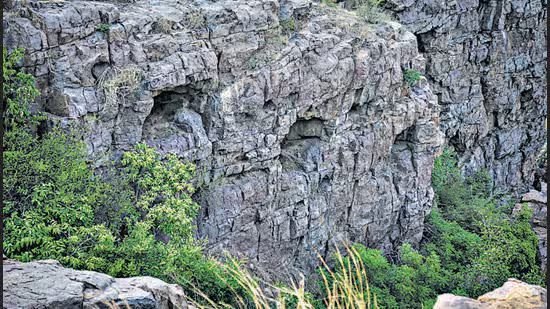
This is because, the essence of preserving these historic areas is becoming increasingly pressuring due to increasing encroachment by urban expansion. These real life fossils of now lost civilization that had better relationship with environment and history written on the rocks and trees might be seen at Mangar Bani and Anangpur caves. These places give any adventurer precisely what he or she is looking for if a quiet out of the way adventure is desired.


